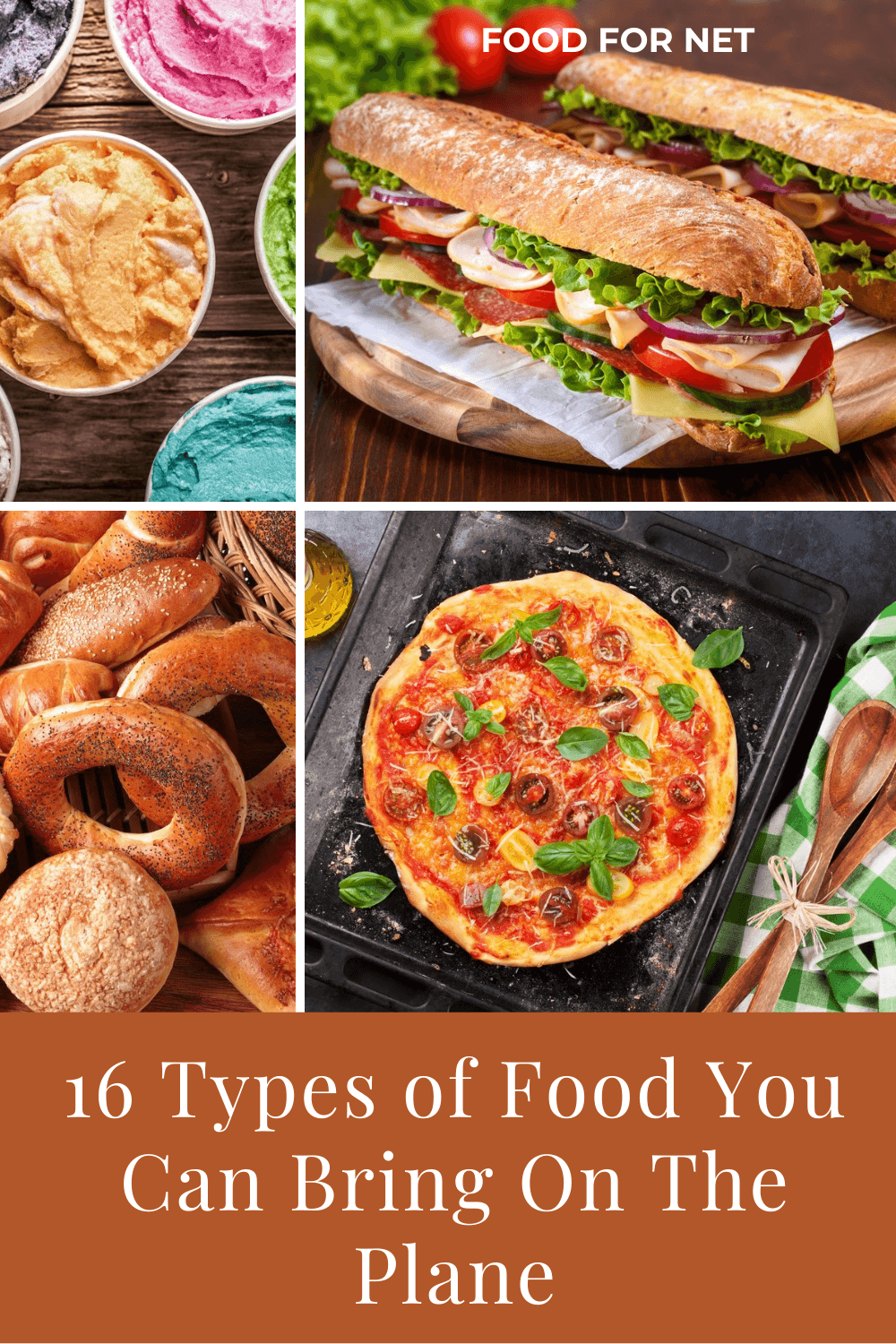
Having some of your own food with you on the plane just makes sense. Flights, particularly long-haul flights, are frustrating enough on their own. Having to rely only on airline food just makes everything that much worse.
Besides, if you have specific dietary requirements, have allergies, or want to focus on organic foods, then bringing your own food is the most logical approach. Doing so is much better than trusting the airline and cabin staff to get things exactly right.
There’s also COVID-19 to think about. In response to the current pandemic, many airlines that are still flying have reduced their meal services or got rid of them entirely. You’re going to need your own food to keep you going for the duration of your flight.
Thankfully, finding food to bring on a plane isn’t as difficult as you might expect. You actually have many options at your fingertips, including foods you make at home, like protein bars, muffins, sandwiches, and plenty of snacks.
Even so, you need to think ahead. You don’t want to go to all the effort to pack or prepare something delicious, just to find out that it isn’t allowed after all.
Food To Bring On A Plane
Packaged Snacks
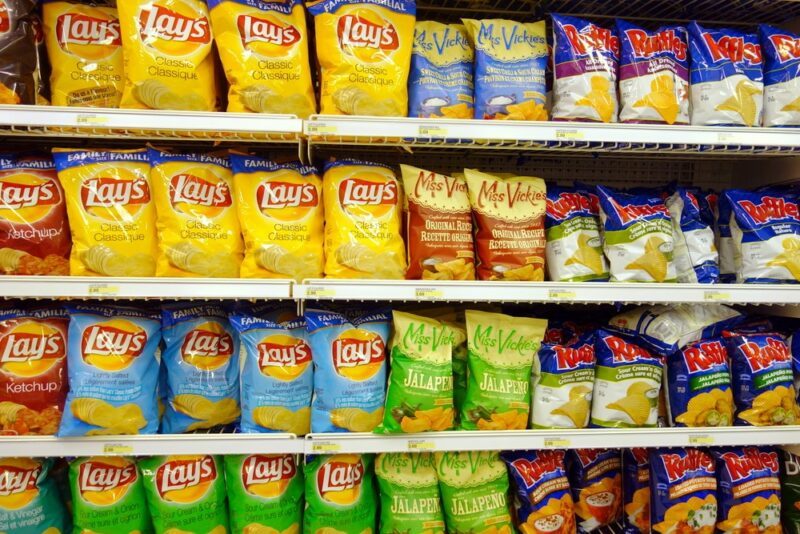
Packaged snacks, including nuts, chips, jerky, candy, and the like are some of the easiest choices for flying. After all, these come in sealed bags with the ingredients clearly written on the back. There shouldn’t be any doubt that the snacks contain exactly what the label says.
Plus, this type of snack is easy to find. You can even pick them up in the stores at most airports.
Whenever possible, it’s better to do a little planning and get the snacks from your local grocery store before you get to the airport. Airport stores tend to have outrageous markups on their food. Sometimes you’ll be playing close to twice as much for a bag of nuts – and it may have been sitting on the shelf for months.
Mainstream products aren’t your only option here either. You can easily look for organic or locally made brands. You shouldn’t have any problems with those either.
If you’re traveling internationally, be aware that some countries may not allow you to bring particular nuts across their borders (especially if they’re raw). This won’t be an issue if you plan to eat the nuts on the plane, but it’s worth thinking about if you expect to have leftovers.
Baby Food
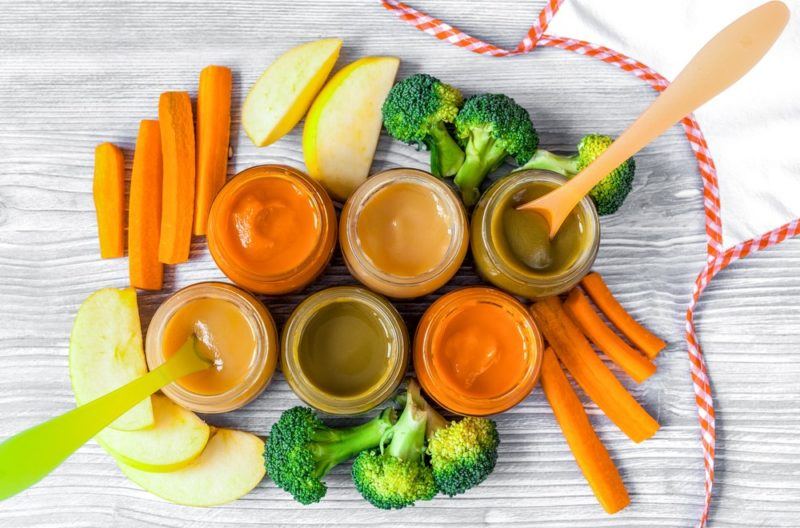
Baby food is permitted in both checked luggage and carry on bags, which makes life much easier for parents. This rule applies to homemade baby food, as well as anything that you buy from the store.
Because of the consistency of baby food, it’s best to make sure that it is in jars of less than 3.4 ounces. However, there is more flexibility for baby food and drink than for other products, so larger containers may be okay as well.
The official TSA guidance says that “reasonable quantities” of baby food are allowed, but the term “reasonable quantities” is never defined, which leaves TSA agents to make the final call. Still, as long as you’re not trying to bring ridiculous amounts of baby food with you, you’re not likely to have a problem.
Dry Food
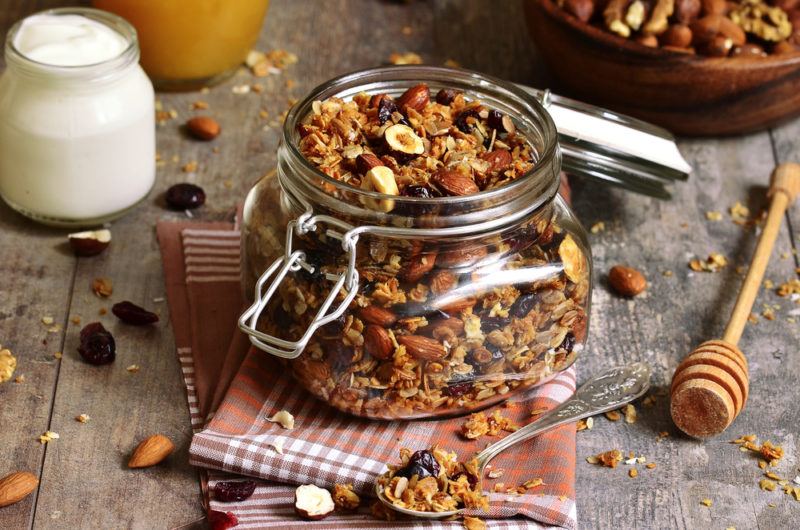
Dry food like bread, cereal, and crackers are all completely fine on the plane. There aren’t any extra considerations here at all, so you shouldn’t have many problems from TSA agents.
We’re not just talking about packaged food from the grocery store either. Homemade cereal, for example, is just as viable as sealed boxes from the store.
Sandwiches
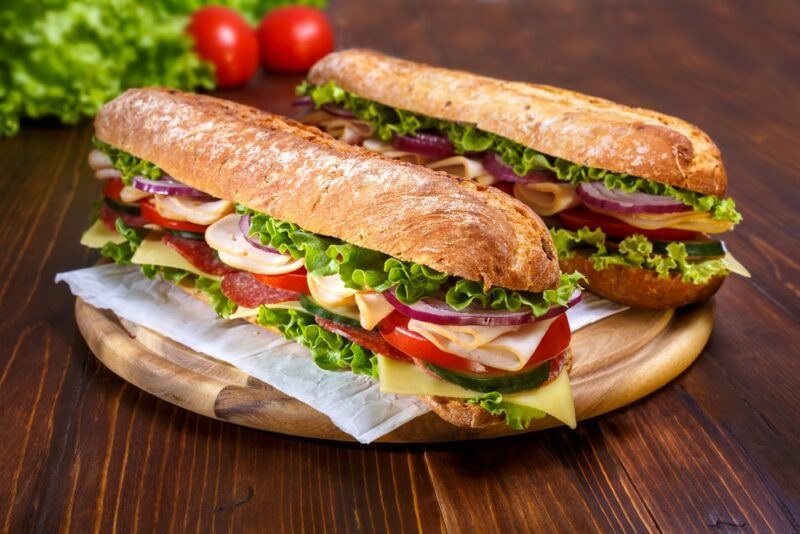
Sandwiches work well on most flights too. This includes sandwiches that you buy at the airport and ones you make yourself.
This is excellent news, as sandwiches are one of the easiest ways to create a filling meal that can be eaten cold. Plus, sandwiches need to rely on solid ingredients rather than liquids, so there’s little for the TSA to be worried about.
The biggest problem would be that your sandwich might contain fresh vegetables that aren’t allowed in your destination country. But, this problem only applies in specific situations and isn’t at all relevant if you’re going to eat the sandwich on your flight.
Cheese
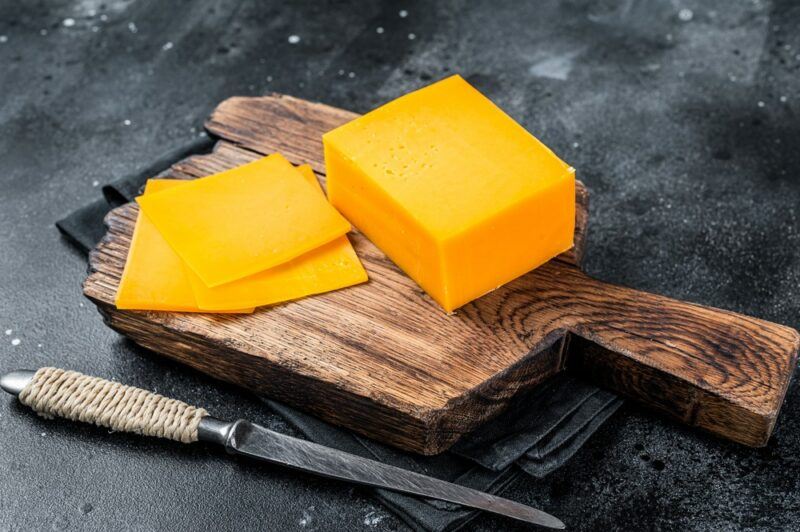
Hard cheese is another easy choice. It’s considered a solid food, so there are no quantity restrictions to worry about.
Creamy cheese is a different story. This falls into the same category as creams and liquids, so you can only bring less than 3.4 ounces of your cheese at a time.
So, surprising as it seems, cheeses like brie and camembert are considered in the same way as liquids, rather than like solid foods.
Breast Milk, Formula, And Juice
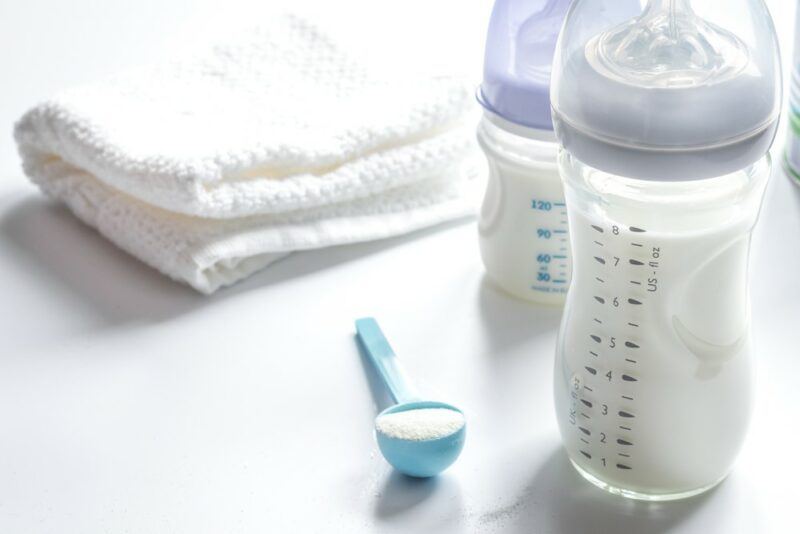
Despite being liquids, you can bring “reasonable quantities” of breast milk, formula, and juice for infants and toddlers. This is one of the few times that you can go above the 3.4-ounce restriction for liquids.
However, you need to notify the TSA officer before you go through screening. The liquids will need to go through X-ray and, in some cases, the officers may want to test the liquid itself.
It’s often possible to avoid the X-ray screening and testing if you ask, but there will be additional security steps to make sure that there is no cause for concern.
Canned Food
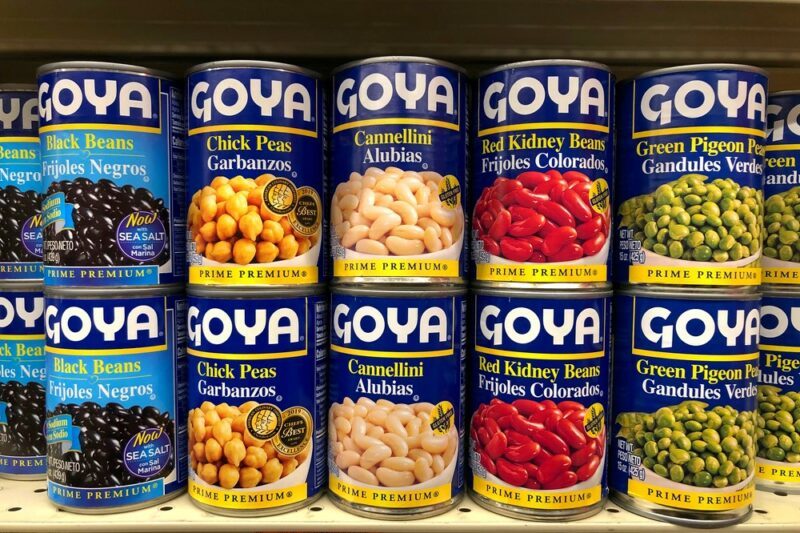
Canned food is an interesting case. It isn’t prohibited and can be brought on the plane, theoretically at least. However, because of potential security concerns and the fact that cans often contain liquid, they can be problematic.
You’ll often need to go through additional security checks with canned food. Even then, you might not be allowed to take the cans with you.
So, while canned food is permitted in theory, it’s often best just to skip it (stick it in your checked luggage instead). The whole idea just isn’t worth the hassle. Besides, who really needs to use cans on the plane anyway?
The main exception is canned baby food. The small size of the cans and the fact that it’s baby food should give you more leverage for bringing the cans with you. Even then, bringing baby food in jars instead is an easier choice.
Eggs

Want a protein-packed snack? Why not bring a hard boiled egg or two with you on the plane?
For something more filling, you could easily add related snacks, like lunch meat, cheese, and crackers. Those foods all fit into TSA’s requirements. You could end up with a filling lunch that’s very simple to prepare and can be eaten with your fingers.
Fresh eggs are allowed in your carry on luggage too, but fresh eggs aren’t nearly as useful. Who wants to eat a raw egg on a plane? No thanks.
Chocolate
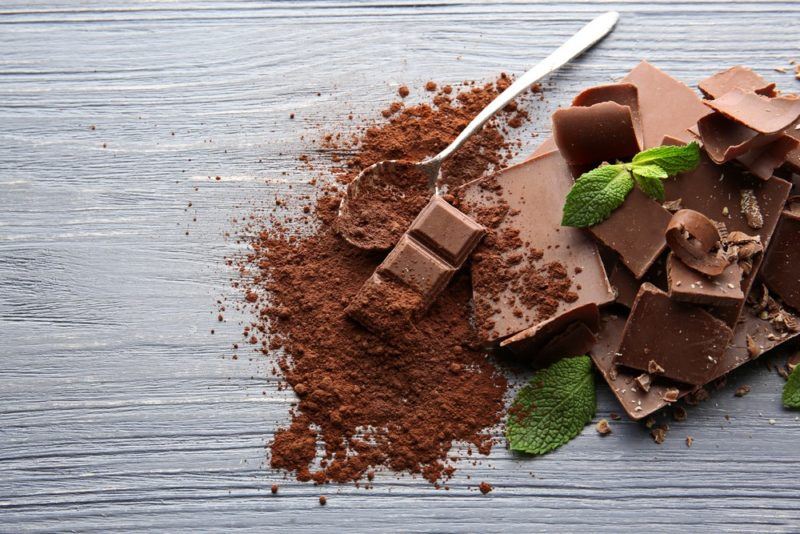
Like cheese, the rules around chocolate vary depending on the type that you choose. If it is solid, then there’s nothing to worry about at all.
So, you can bring on board whatever chocolate bars (or even blocks!) you like. Once again, you’ll find the best chocolate from your local stores. You could even look for a specialty treat or try a chocolate of the month club.
Honestly, I can’t count the number of times that I’ve purchased chocolate from the airport to find that it was stale or warped from the heat.
If your chocolate is liquid or creamy like Nutella, then you’re subject to that familiar 3.4-ounce size limitation.
Dips And Spreads
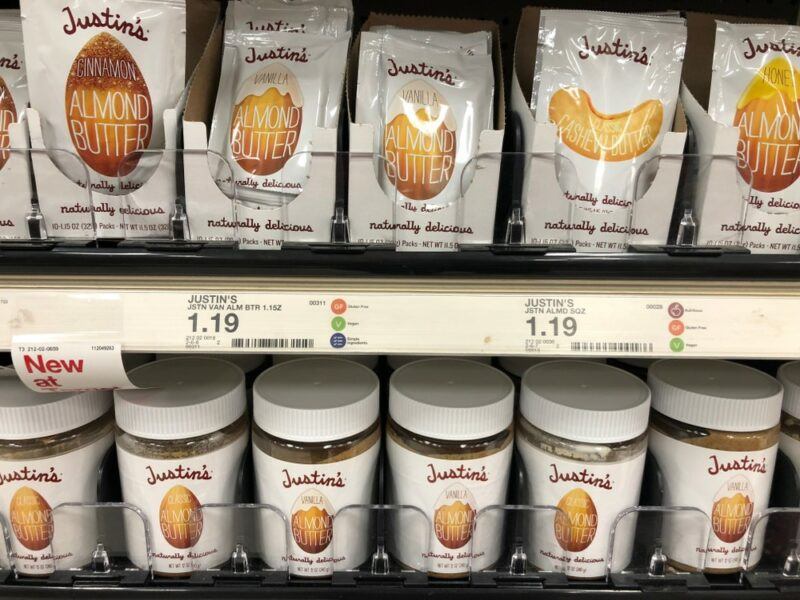
Because dips and spreads are creamy, they fall into the same category as liquids. You can still bring them with you, but only if you stick to no more than 3.4 ounces.
This restriction applies to every type of dip and spread that you can think of, including hummus, Nutella, and peanut butter.
Thankfully, you can often find small travel sized pouches or plastic containers of many dips and spreads. Keep an eye out for the small pouches of nut butter. These are perfect on the plane with a few related foods, like deli meat, crackers, and bread.
Yogurt
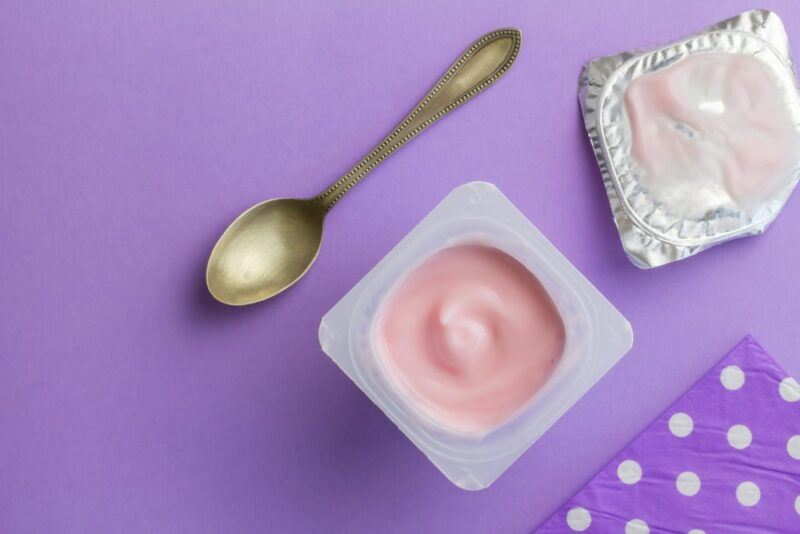
You’ve probably guessed this one already. Yes, you can bring yogurt on the plane, but once again, it is considered a liquid, so you’ll need to stick to the 3.4-ounce size.
This is frustrating, as single serve yogurts are often somewhere between 4 and 6 ounces.
You’ll need to do some serious shopping around or repackage yogurt in smaller containers to get the sizing right for your flight.
Pies, Cakes, Baked Foods

Foods in this category are generally considered solid items, so they can easily be brought with you onto the plane. This is great news if you buy a muffin at the airport and run out of time to eat it. You could even bring a half-eaten muffin with you on many flights.
Once again though, you’re at the mercy of TSA agents, who might not always rule as you expect. For example, at one point a passenger was not allowed to bring a cupcake in a jar on their flight, as it was considered a liquid, rather than a solid food.
Similar rules would probably apply to desserts like chia seed pudding, chocolate mousse, and molten chocolate cakes.
Cooked Food, Including Leftovers

Here’s an interesting one. You can actually bring cooked meals onto the plane, which includes leftovers. This means that, yes, you can bring some pieces of pizza and eat them on the plane. How’s that for unexpected?
As you can probably guess, you need to focus on cooked food that doesn’t have much liquid. If there’s liquid present too, then you’re back to the restrictions around liquids. And honestly, being able to bring just 3.4 ounces of soup would be silly.
You could, however, bring small containers of gravy, dressing, or sauce with you, to make your meal more interesting. These would work well, as long as you stick to the 3.4-ounce limit.
Fruits And Vegetables (Sometimes)
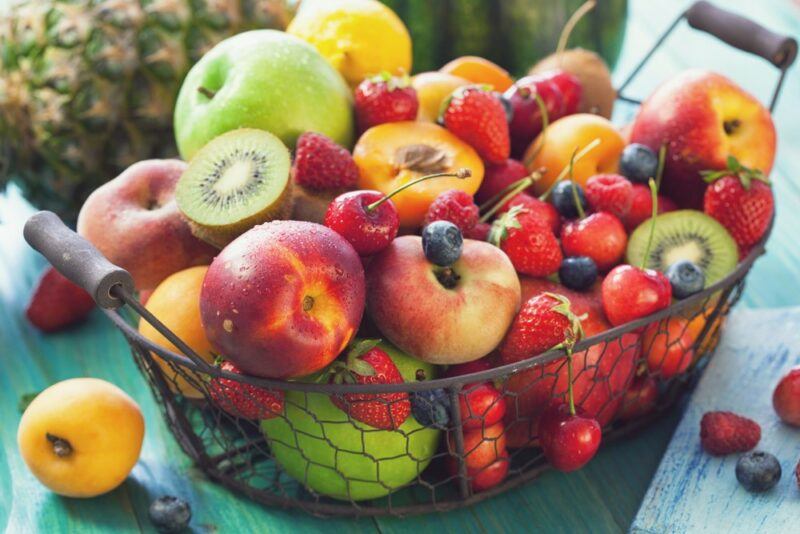
You can often bring fresh produce on the plane with you too, giving you something delicious and refreshing in the middle of your flight.
However, there’s a lot of variation here. Whether you can bring fresh fruit and vegetables will depend on the type of produce you’re considering, along with where you’re flying to and from.
For example, anyone flying to the U.S. mainland from Puerto Rico, Hawaii, or the U.S. Virgin Islands won’t be able to take many types of fruits or vegetables, as the risk of spreading pests is too high.
There are more restrictions about produce on international flights. Here too, the concern relates to bringing international pests or diseases across individual borders.
Restrictions are particularly strong if you’re traveling to an island nation. Some of these are strict about what you can and cannot bring, as their local ecosystems need to be protected.
If you’re traveling with fruits and vegetables in a different form, then the rules change. For example, if they’re cooked and solid, then you should be fine for flying domestically. If they’re soft or pureed, they may be considered a liquid instead.
Ice Cream

Here’s a fun one. You can bring ice cream and ice blocks on the plane. If they’re completely frozen and non-creamy when you board, then they’ll often be considered a solid food, so there are no concerns about quantity.
If you have soft or partly melted ice cream instead, then the 3.4-ounce rule applies.
Don’t forget that TSA agents still have the final say. Some may be much more comfortable with you bringing ice cream on board than others.
Other Solid Food
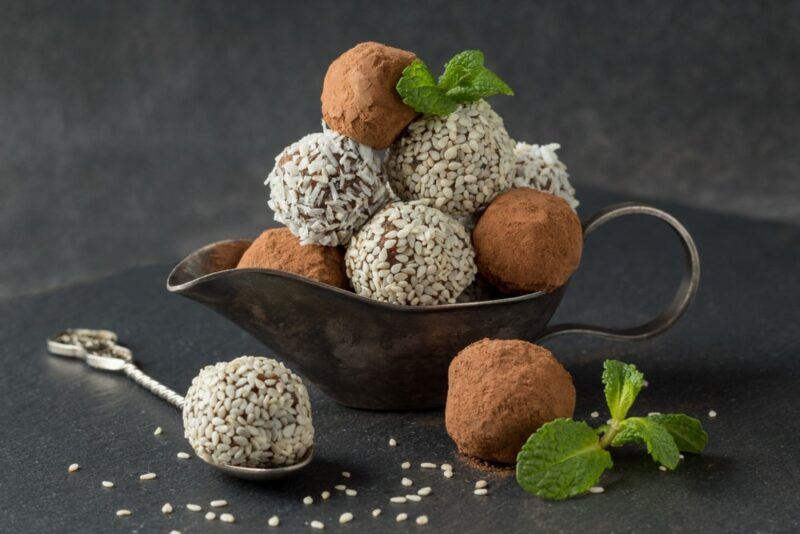
Solid food is almost always allowed on flights. This includes the examples we’ve already talked about and many others, like cured meat, chocolate, candy, protein bars, bliss balls, and more.
The texture of your food is often your best guide. If the food is rigid and doesn’t contain much water, it should be considered solid and allowed on the plane. If it is somewhat squishy instead, the TSA agent may see it as a liquid/gel instead.
What Can’t You Bring?
As you’ve seen, you can bring a surprising number of foods onto the plane with you. In fact, most types of foods are okay.
The biggest issue is anything that’s either liquid or in the form of a cream, as these can’t exceed 3.4 ounces.
This means you need to be careful with many types of foods, including creamy cheese, dips, honey, hummus, yogurt, soup, and the like. You can still bring some of those foods with you – just make sure that they’re under the size limit.
Interestingly, you can bring mini bottles of alcohol on the plane, as long as it is 140 proof or below. There isn’t much point in doing so though, as most airlines won’t let passengers drink their own booze while on the flight. That’s not too surprising though – drunk passengers would be tough to handle during a long flight (or even a short one!).
Other Things To Consider
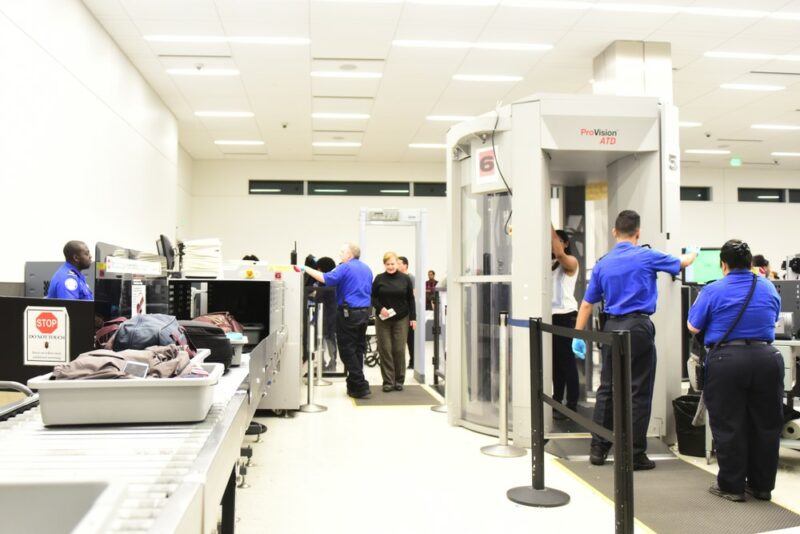
Whatever food and liquid you bring still needs to fit within your carry on requirements. It’s best to check the specifics of those requirements before you start planning, as there are differences based on your airline and destination.
Don’t forget that different airlines and countries also vary in which foods and drinks you can bring with you. Some options that work well when flying domestically aren’t a good choice for international flights.
Double checking before you go is the easiest way to make sure that you don’t get caught out.
Even then, remember that you’re not guaranteed success with any of these foods. Most of the time, the TSA agent you’re interacting with has the final say in the matter. If they don’t think what you’re bringing is permissible, that may be all there is to it.
Finally, TSA agents seem to be spending more time double checking food at the airport. You might even need to take the food out of your carry on and have it put through the scanner. This can get frustrating if you have a lot of food with you.
This means that bringing food might increase the amount of time you need to spend in the security line. And, if your food is on the borderline of being acceptable, the process may take longer still. Focusing on sealed foods and not going overboard on the snacks can help make sure that screening process doesn’t take too long. It’s also worth thinking carefully about which foods you want the most and which aren’t worth the hassle.
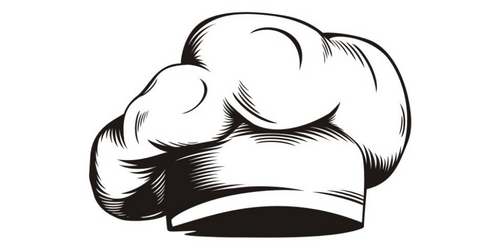
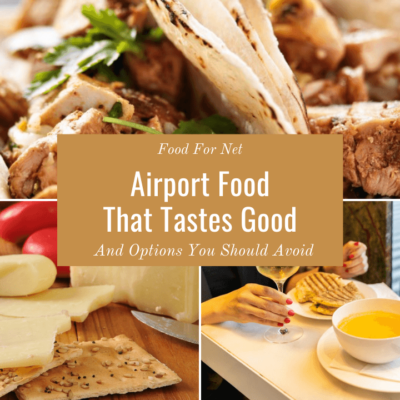



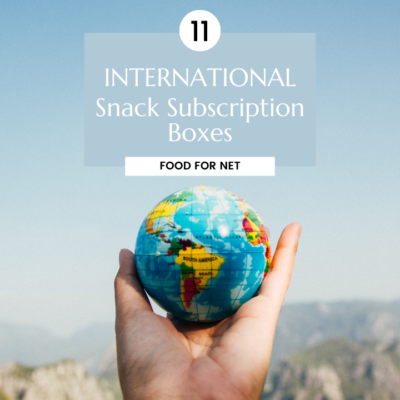

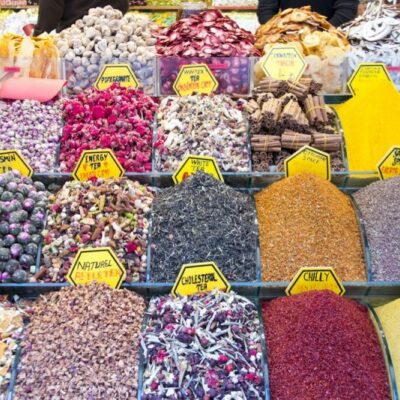









 11 Crock Pot Holiday Drinks For A Warm And Cheery Season
11 Crock Pot Holiday Drinks For A Warm And Cheery Season
Can you bring bottle water on the plane